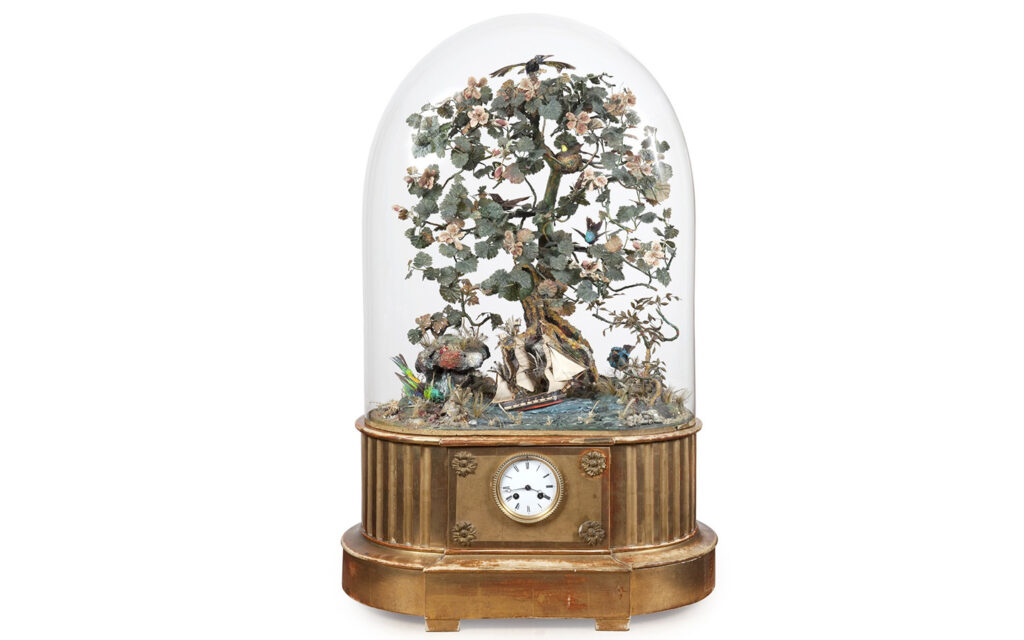Automata
Scenes, human or animal figures that are mechanically set in motion are called automata. Automata by no means always contain a mechanism although naturally, those in Museum Speelklok’s collection do!
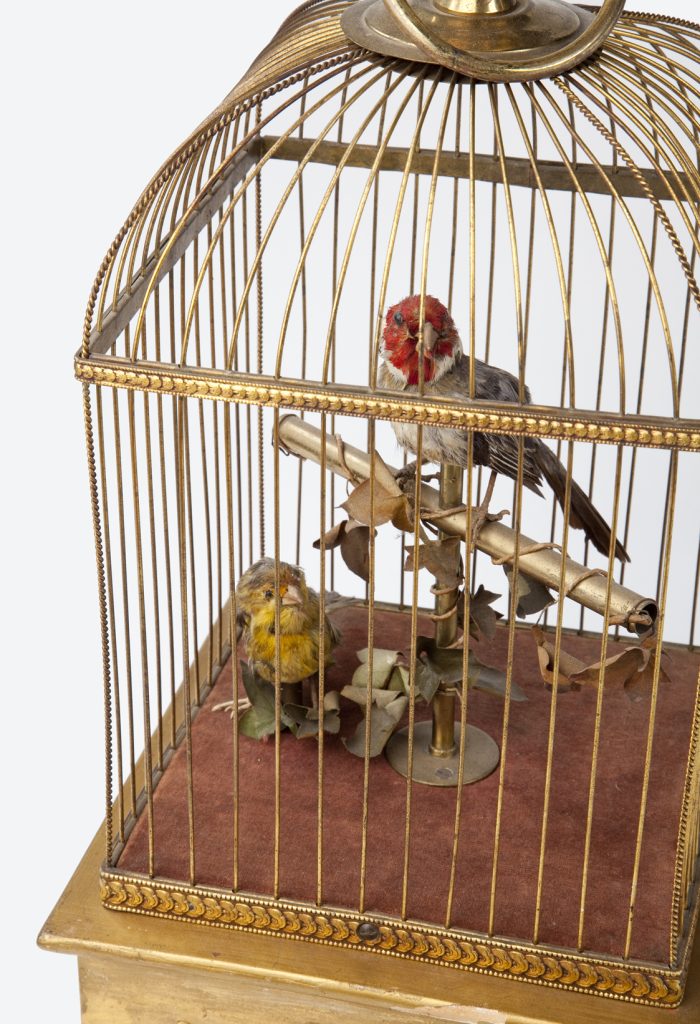
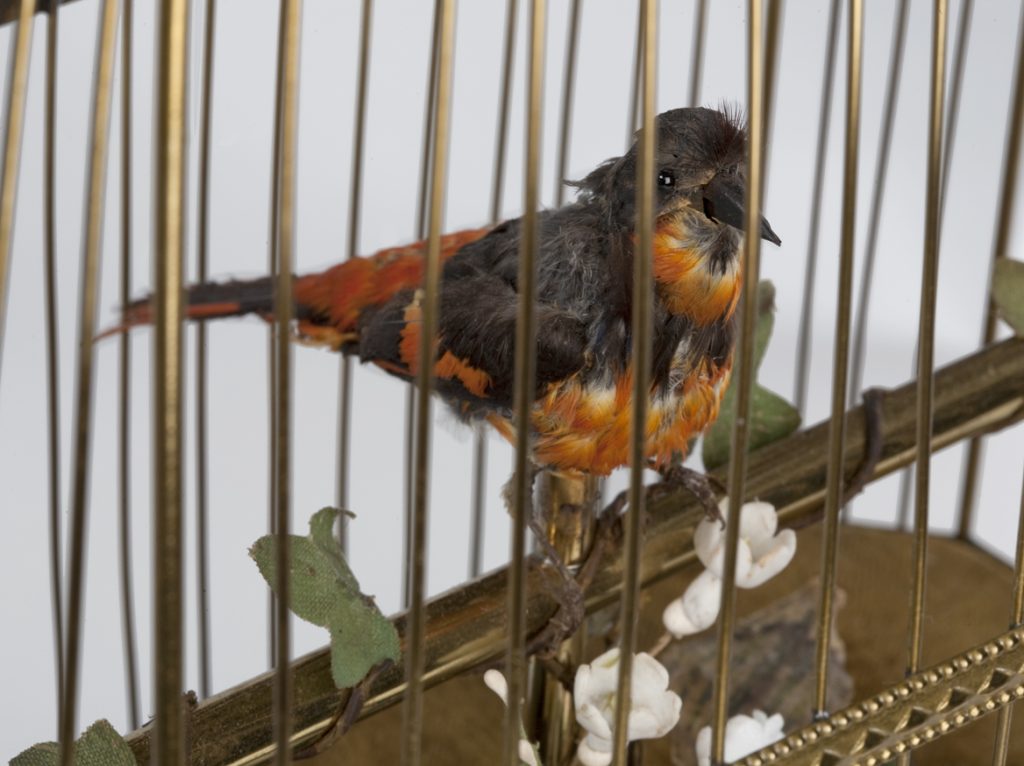
Automata existed during classical antiquity although they probably did not play music back then. Automata with mechanisms first appear in a document from the 9th century. A discourse between the three Musa brothers from Baghdad mentions an automatic flute player. Whether this mysterious automaton actually existed, we do not know.
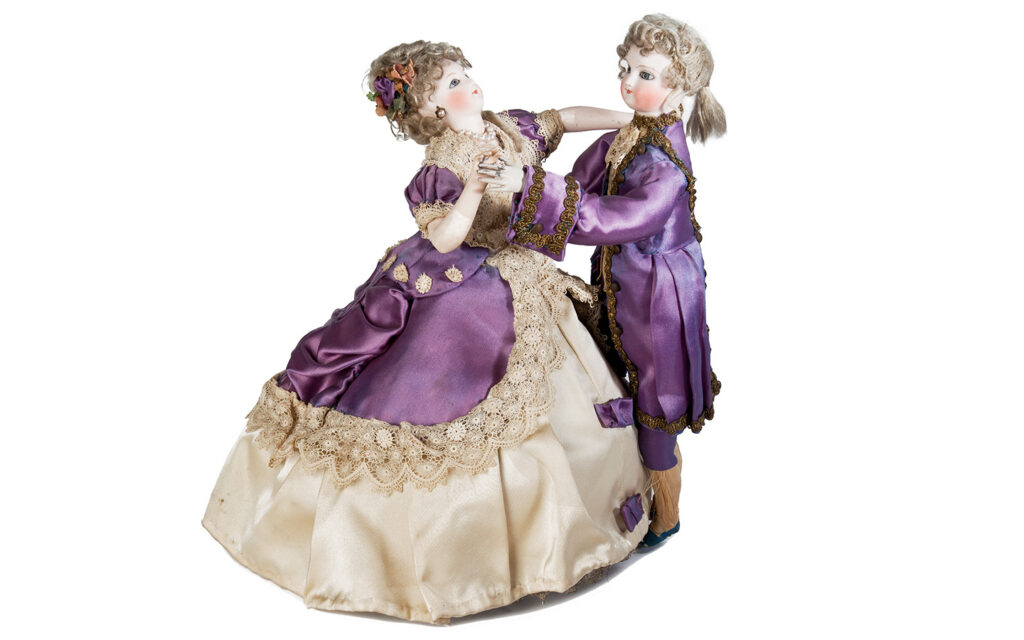
European clockmaking
In the late 16th century and early 17th century, the German city of Augsburg was the centre of European clockmaking. For the Habsburg monarchs among others, special centrepieces were supplied in addition to clocks. From mechanical carriages with moving figures to miniature ships that move across the table firing cannons. Museum Speelklok produced a working model of such a ship with the same firing action, including music, moving figures and a thunderous cannon shot produced using real gunpowder. Demonstrating this working model even required a firearms licence!
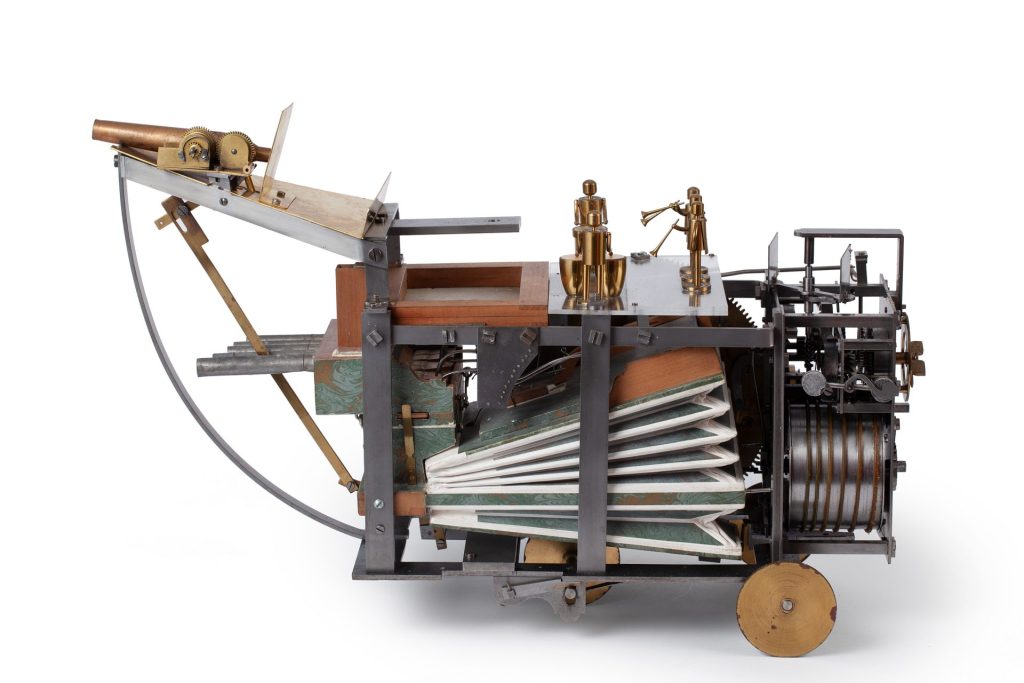
Centuries-old robot
Until the 18th century, hardly any other music automatons can be traced. The famous ‘Musicienne’ (circa 1770), a life-size lady playing an organ by Swiss automaton maker Jaquet-Droz, is one of the finest examples from that century. Before she starts playing, she looks around, visibly taking a breath. Then she bends forward and her fingers play the keys of the little organ. Her eyes follow the movements of her fingers and ultimately she takes a bow. This centuries-old robot can still be admired in all her glory at the Neuchâtel Municipal Museum.
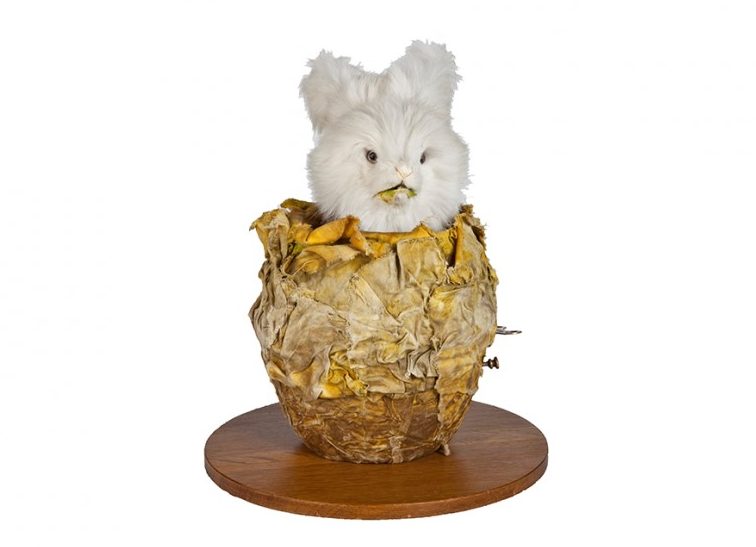
Conjuring monkeys & violin-playing clowns
The vast majority of music automata date back to the end of the 19th century: human and animal figures with a small cylindrical mechanism with musical toothed comb. An important centre for this large-scale automaton production was the Parisian district of Le Marais where well-known automaton makers such as Vichy, Bontems and Roullet & Decamps were based. From here, a procession of conjuring monkeys, violin-playing clowns and tea-drinking Chinamen flooded the market.
Museum Speelklok in Utrecht has showpieces by these automaton makers in its collection. By Vichy, there are the ‘Japanese Lady with Parasol’ (circa 1885), the ‘Tea-Drinking Chinaman’ (circa 1885) and the ‘Dancing Couple’ (circa 1880). Among the crowd favourites are the rabbits in a cabbage by Roullet & Decamps among others although technically and musically, they are among the simplest automata.
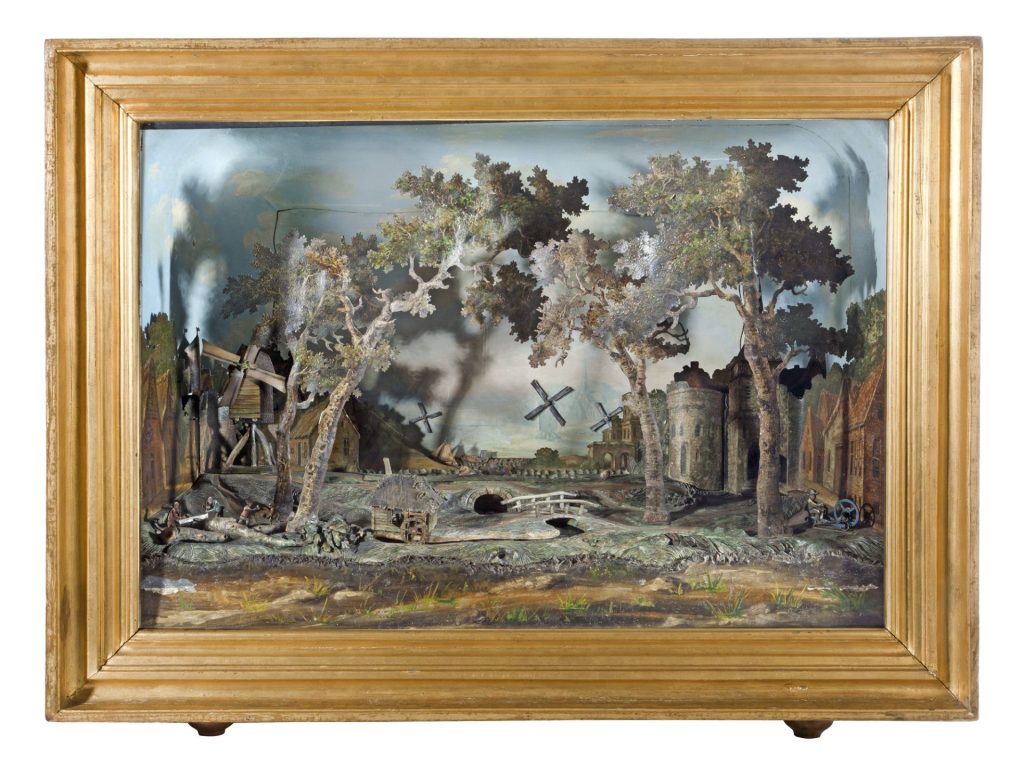
Moving paintings
During the second half of the 19th century, many automatons were made to go under a glass bell jar. One spectacular example is the so-called ‘Hummingbird Clock’ (circa 1870) where birds sing and fly and a waterfall starts to flow while the music plays. The maker of the cage, Frenchman Bontems, is also known for his cages containing lifelike birds that sing automatically. The sub-collection of automata also includes paintings with a moving scene. One example is the complex painting by Hendrik Olland of Groningen. Besides a clock, musical playing system and strike, it contains a chime and a mechanism for rotating windmills and moving waves, ships and human figures.
